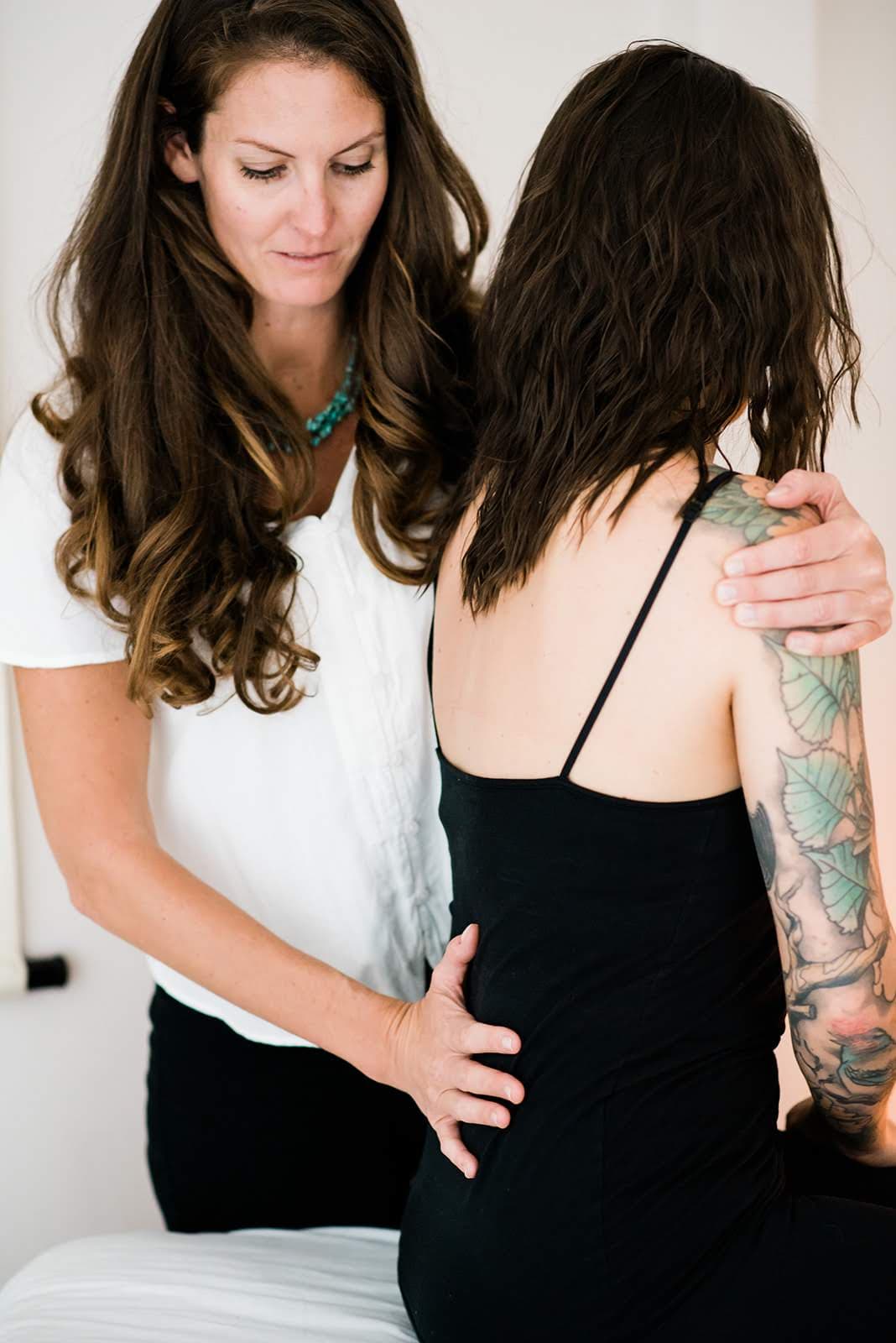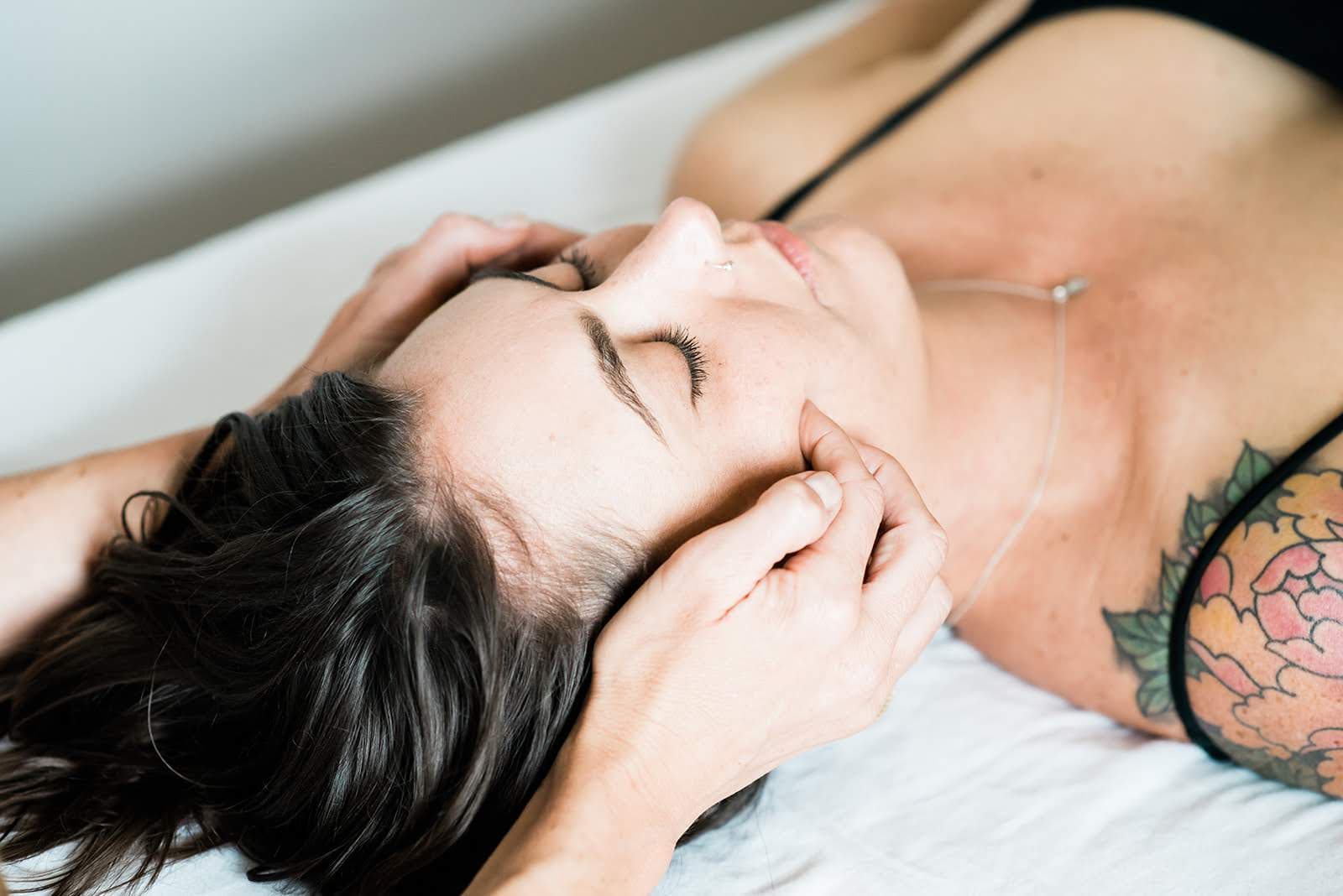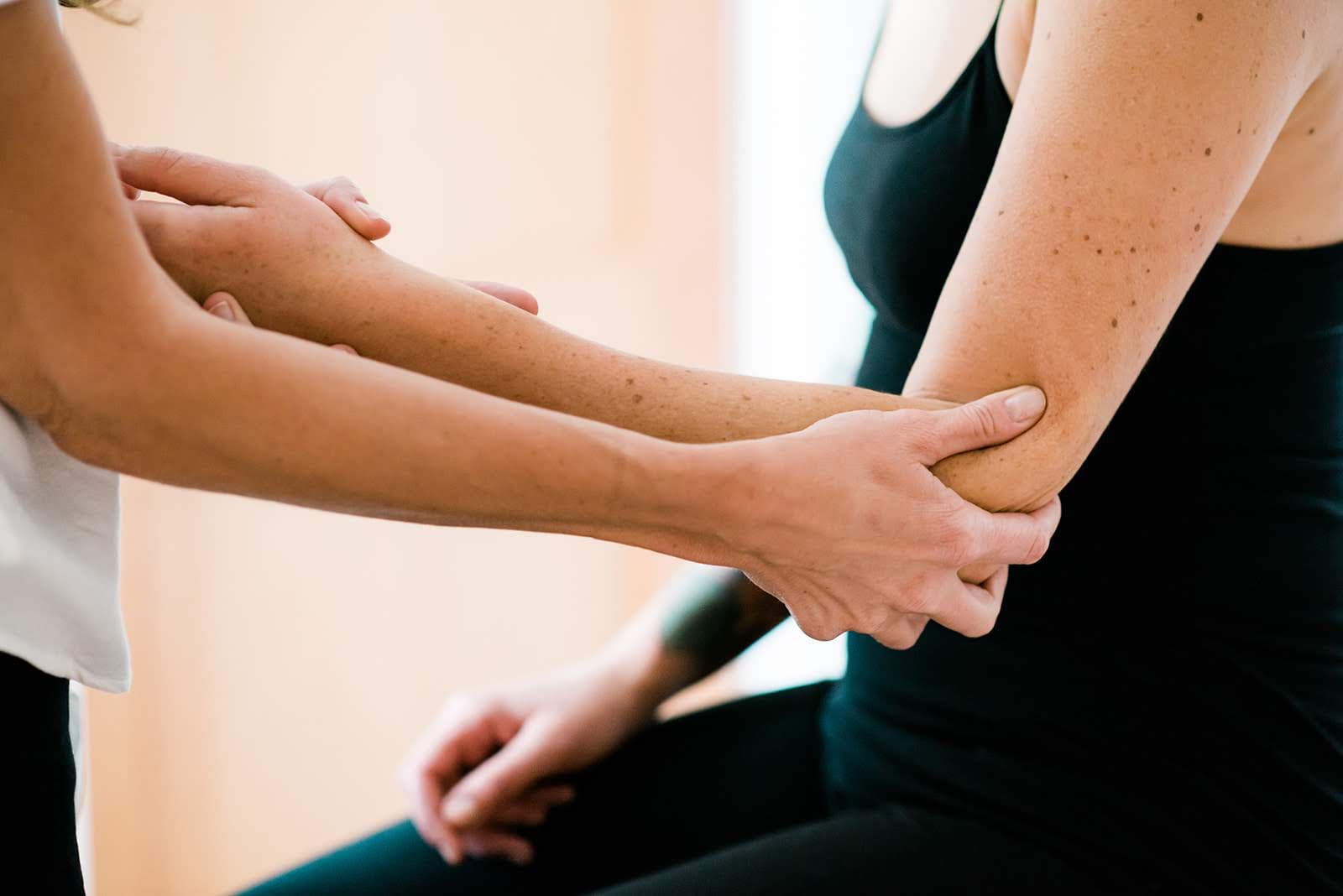Over twenty years ago, I began experiencing significant chronic pain, specifically in my spine and hips. For a competitive surfer and avid skateboarder such as myself, this development in my young life was a tough pill to swallow. So tough that I began to swallow pills. Lot’s of pills. I didn’t have the maturity to process my sorrow, so the narcotics seemed to help, at first.
As time went on, the pain became unbearable even with the dope, and, after a series of scary misdiagnoses, it became clear that I was suffering from Scheurmann’s Disease, a painful juvenile disc disease, in my thoracic spine, along with bilateral femoral acetabular impingement in my hips. While there was nothing I could do for my spine besides rest, yoga, and physical therapy, I was able to find relief in my hips through arthroscopic surgical intervention. Those only provided temporary relief, so, after many years of suffering, I had a bilateral hip replacement surgery at Stanford to take care of my arthritic hips once and for all.
I still hurt, all the time, and was given the frustratingly useless diagnosis of Fibromyalgia to explain the cause of my constant aches and pains. Luckily, during this journey I was introduced to a subtle, yet transformative form of body work known as craniosacral therapy. It seemed to not only allow my body to let go of my tight and sore soft tissue and muscles, but of the tension and disfunction being stored in my nervous system as well.
During craniosacral therapy sessions, I would have these monumental experiences of letting go in which that vice-grip would release, dropping me into profound states of peace and much needed relaxation. Magical is the only word I know that can accurately describe those blissful moments, and these sessions would become vital components of my extensive self-care routine.
Disappointingly, my craniosacral therapist began phasing out her practice as she reached retirement age, so I was no longer able to get regular treatment. Fortunately, my good friend and massage therapist, Meghan Robinson, had also fallen in love with the gentle therapy in recent years, and has since altered her practice to begin focusing on craniosacral therapy entirely. Since then, I’ve been seeing Robinson regularly, and have found highly positive results with her thoughtful and thorough approach.
Unfortunately, the medical scientific community has some strong words to describe craniosacral therapy, including “pseudoscience” and “quackery”, but as myself and many others can attest to, the rigidity of “science” has repeatedly failed to recognize tons of different treatments and therapies that benefit millions who suffer needlessly. Just because modern medicine can’t quantify or explain just why it is that treatments such as Traditional Chinese Medicine, Reiki, and certain diets and supplemental regimens work for so many people, doesn’t mean they’re invalid.
In an effort to spread the word about craniosacral therapy and hopefully expose some open-minded individuals to it’s healing powers, I decided to interview Robinson to get her take on the value and merits of this criminally under-appreciated treatment for well-being. And if that’s not enough to sway you, I advise you to put all your biases and preconceived notions away for just one hour-long session with a therapist as adept as Robinson, and then tell me what you think. I have a feeling you’ll be owing me an apology.





